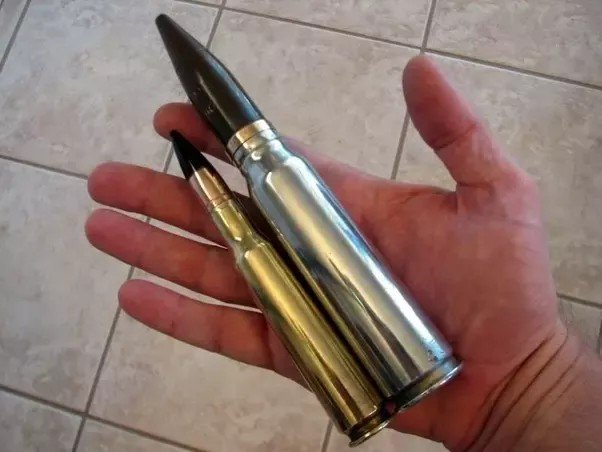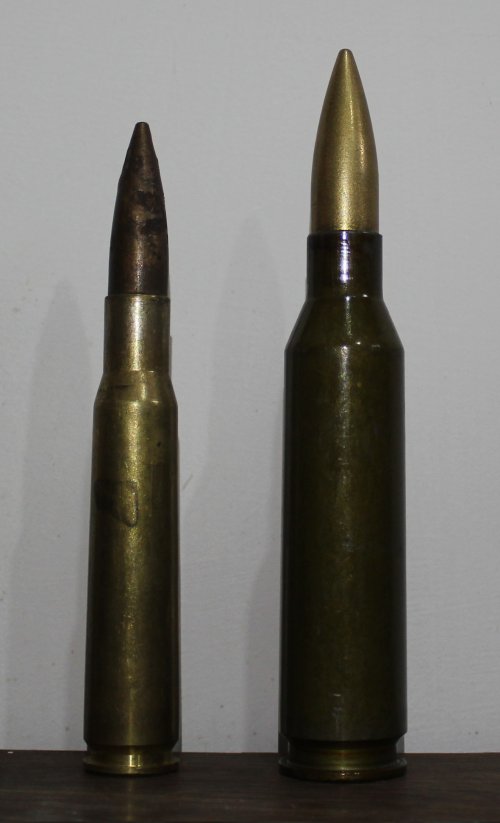Forest Green
ACCESS: Above Top Secret
- Joined
- 11 June 2019
- Messages
- 9,547
- Reaction score
- 17,532

Search For Barrett .50 Caliber Sniper Rifle Replacement Halted By SOCOM
The Extreme Long Range Sniper Rifle was also being eyed as a replacement for .50 caliber Mk 15 bolt-action rifles in U.S. special operations inventory.


